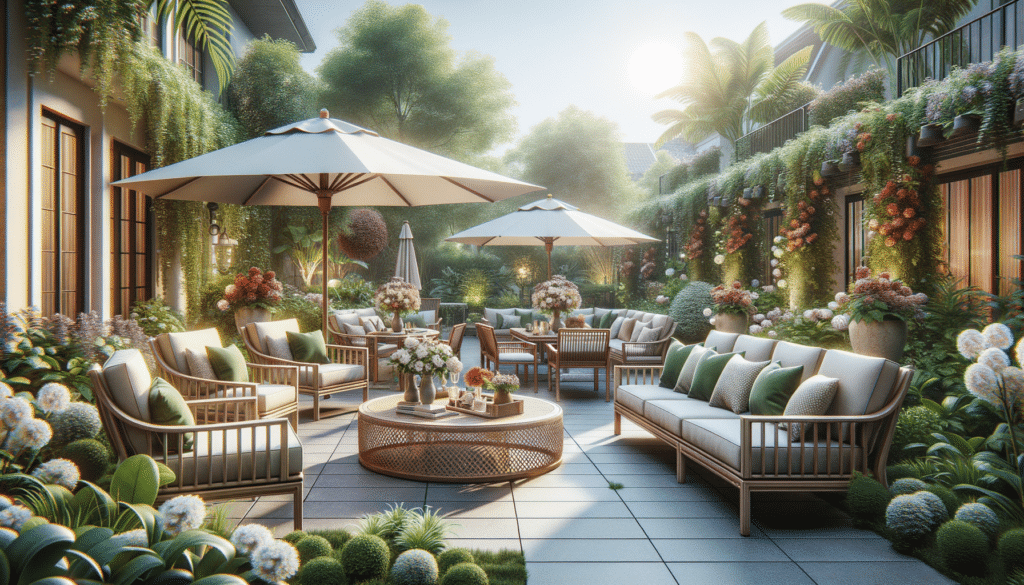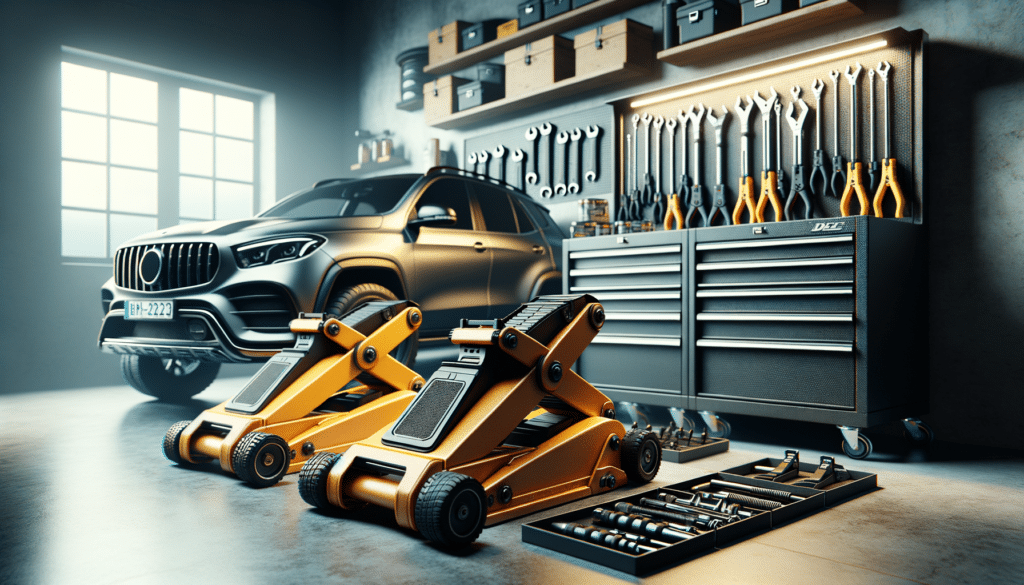Choosing the Right Material for Your Patio Furniture
When selecting patio furniture, the material is a crucial factor that influences durability, maintenance, and aesthetics. Each material offers unique benefits, making it essential to consider your specific needs and climate conditions. Popular options include wood, metal, wicker, and plastic, each with its own set of characteristics.
Wooden furniture, such as teak or cedar, is renowned for its natural beauty and resilience. Teak, in particular, is highly resistant to weather conditions and pests, making it a favored choice for outdoor settings. However, wood requires regular maintenance, including sealing and oiling, to preserve its appearance and prevent damage.
Metal furniture, often made from aluminum or wrought iron, is celebrated for its strength and longevity. Aluminum is lightweight and rust-resistant, ideal for humid climates, while wrought iron offers a classic, robust look but may require rust-proofing treatments.
Wicker furniture provides a charming, rustic aesthetic and is typically crafted from synthetic materials like resin to withstand the elements. It’s lightweight and easy to move, though it may need occasional cleaning to maintain its appearance.
Plastic furniture is a budget-friendly option, offering a wide range of styles and colors. It’s resistant to moisture and easy to clean, but it may lack the durability of other materials and can fade over time if exposed to direct sunlight.
When choosing the material, consider factors like climate, maintenance, and your personal style to ensure your patio furniture serves your needs and complements your outdoor space.
Design and Functionality: Creating a Welcoming Outdoor Space
The design of your patio furniture set plays a pivotal role in creating an inviting outdoor environment. Whether you prefer a modern, minimalist look or a cozy, traditional setting, the design should reflect your personal style and enhance the overall ambiance of your space.
Consider the layout and size of your outdoor area when selecting furniture. For smaller spaces, opt for compact, multi-functional pieces like folding chairs or extendable tables to maximize usability without overcrowding. Larger spaces can accommodate sectional sofas, dining sets, and loungers, offering ample seating and versatility for entertaining guests.
Incorporating functional elements, such as adjustable chairs or tables with built-in storage, can enhance the practicality of your outdoor setup. Accessories like cushions, umbrellas, and outdoor rugs add comfort and style, allowing you to personalize the space further.
Lighting is another critical component in setting the mood. String lights, lanterns, or solar-powered fixtures can create a warm, inviting atmosphere, perfect for evening gatherings. Consider the flow of traffic and how guests will move through the space to ensure a seamless, enjoyable experience.
Ultimately, the design and functionality of your patio furniture should align with your lifestyle, providing a comfortable and aesthetically pleasing area for relaxation and socializing.
Maintenance Tips for Longevity and Aesthetic Appeal
Proper maintenance of patio furniture is essential to ensure its longevity and keep it looking its best. Regular care not only extends the life of your furniture but also enhances the aesthetic appeal of your outdoor space.
For wooden furniture, routine cleaning with mild soap and water is recommended, along with periodic sealing or oiling to protect against moisture and UV damage. Covering or storing wood furniture during harsh weather conditions can prevent warping and cracking.
Metal furniture requires minimal maintenance but should be inspected for rust or corrosion. Applying a rust-resistant coating or touch-up paint can help maintain its appearance. For aluminum pieces, occasional washing with soapy water will suffice to remove dirt and debris.
Wicker furniture should be cleaned with a soft brush or vacuum to remove dust and dirt. For synthetic wicker, a gentle wash with water and soap can keep it looking fresh. Avoid placing wicker furniture in direct sunlight for prolonged periods to prevent fading.
Plastic furniture is easy to maintain, requiring only regular cleaning with water and a mild detergent. To avoid discoloration, consider storing plastic pieces in the shade or covering them when not in use.
Investing in furniture covers can provide additional protection from the elements, reducing the need for frequent cleaning and maintenance. By following these simple tips, you can enjoy your patio furniture for years to come, ensuring it remains a beautiful and functional part of your outdoor living space.




